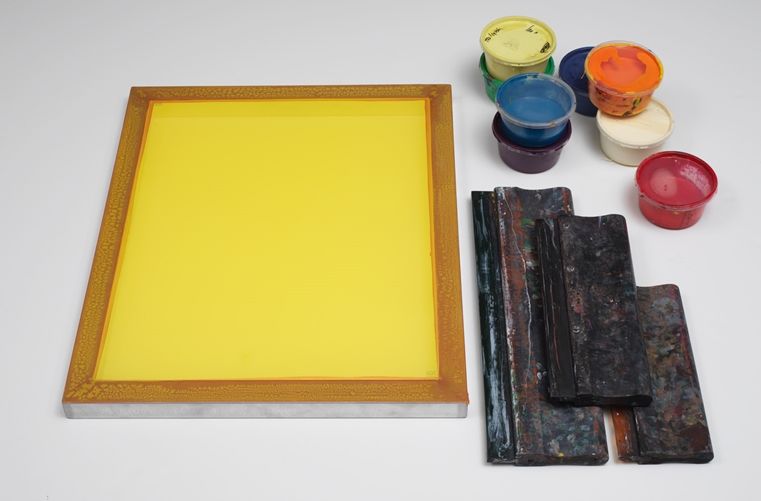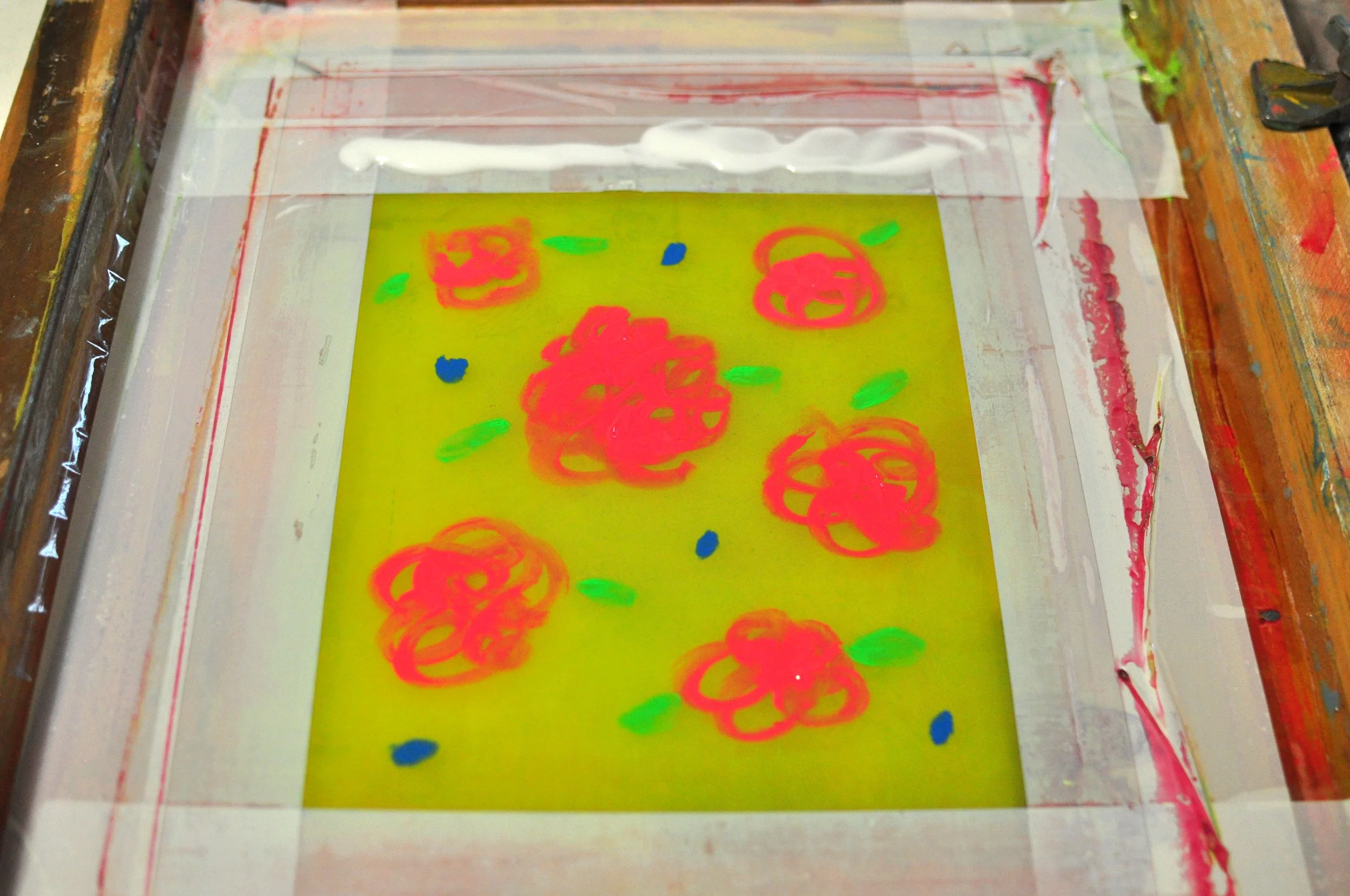The Vital Guide to Understanding Screen Printing and Its Versatile Uses
Screen printing has an abundant background that dates back to old times, developing into an innovative technique utilized throughout numerous markets today. This overview checks out the ins and outs of the screen printing process, describing its applications in fashion, home, and advertising and marketing style - 10:9 Design contact. Understanding these principles can open imaginative possibility for both industrial and artistic projects. The following areas will certainly expose necessary pointers and methods to boost one's screen printing ventures
The Background of Screen Printing
Although screen printing has roots that trace back centuries, its development shows the technological and creative developments of numerous cultures. Originating in ancient China, the method was originally used for embellishing textiles and later infect Japan, where it became indispensable to Ukiyo-e woodblock printing. The approach changed to Europe in the 18th century, where it got appeal among craftsmens and business printers. The creation of photo solution in the 20th century transformed screen printing, enabling more complex layouts and greater effectiveness. Musicians like Andy Warhol further drove its appeal, making use of the medium to develop famous jobs that blended commercialism and art. By the late 20th century, screen printing had actually established itself as a flexible method, employed in vogue, marketing, and art. Today, it remains to evolve, integrating digital innovation and increasing its applications throughout various markets.
The Screen Printing Process Explained
Screen printing changes creative visions into substantial styles with a series of specific actions. Originally, a picture is produced and then transferred onto a screen, generally made from fine mesh textile stretched over a framework. A light-sensitive solution is applied to the screen, which is revealed to light, solidifying in locations not covered by the image. After rinsing the unhardened emulsion, a stencil is formed.
Next off, the screen is positioned over the substratum, whether it be textile, paper, or one more product. Ink is after that pushed via the open areas of the pattern making use of a squeegee, depositing the style onto the substrate below. This process can be duplicated for several colors, needing separate displays for every color. The published thing is cured making use of heat to ensure the ink sticks properly, resulting in a long lasting, lively design ready for usage.
Sorts Of Screen Printing Techniques

In addition, specialized techniques, such as discharge screen printing, remove dye from the fabric to create softer prints, while aluminum foil screen printing uses metal foil to accomplish a shiny surface (10:9 Design Screen Printing Texas). Each strategy supplies distinctive features, dealing with different creative demands and production ranges, inevitably broadening the possibilities within the screen printing domain
Applications of Screen Printing in Various Industries

In addition, the signage and advertising and marketing markets utilize screen printing for producing captivating screens and banners. This approach enables strong colors and elaborate designs that record focus. In electronic devices, screen printing is utilized for using conductive inks to motherboard, crucial for part links. Moreover, the home decoration sector welcomes screen printing to create distinct styles on fabrics and wall art. On the whole, screen printing acts as an essential tool across diverse areas, improving products with individualized and aesthetically enticing graphics.
Tips for Successful Screen Printing Projects
While undertaking a screen printing task, careful interest to information can substantially boost the last outcome. Picking high-quality products is essential; this consists of the screen, inks, and substratums. Utilizing proper mesh matters can impact ink deposition and information resolution. Preparation is similarly important; thorough cleaning of screens and correct exposure times ensure crisp prints.
Next, precise registration is critical for multi-color prints. Utilizing placement devices can help accomplish specific layering. Furthermore, screening prints on scrap materials prior to production assists recognize potential problems without losing sources.

Frequently Asked Questions
What Products Are Ideal for Screen Printing on Material?
Cotton and polyester blends are suitable for screen printing on fabric due to their longevity and ink absorption. Additionally, specialized textiles like silk or canvas can produce special appearances and coatings, improving the overall layout top quality.
How Do I Clean and Maintain Screen Printing Devices?
To cleanse and maintain screen printing equipment, one must frequently wash displays with ideal solvents, check mops for wear, lubricate relocating parts, and shop all products in a dry, dust-free environment to prolong their lifespan.
What Are the Ecological Influences of Screen Printing?
Screen printing can have considerable ecological effects, including chemical waste from solvents and inks, water usage during cleansing procedures, and power usage. Lasting methods and eco-friendly products are necessary for reducing these adverse effects.
Can Screen Printing Be Done in your home Successfully?
Screen printing can be successfully done at home with the ideal materials and techniques. Hobbyists can produce high quality prints, though success depends upon their skill level, equipment, and understanding of the process entailed.
What Are the Expenses Related To Starting a Screen Printing Organization?

Starting a screen printing service entails expenses for devices, products, and work area. Initial costs normally range from a few hundred to several thousand bucks, depending on the scale, quality of machinery, and wanted production capacity.
Screen printing has a rich background that dates back to ancient times, advancing into a sophisticated strategy made use of across different industries today. An additional method, rotating screen printing, utilizes cylindrical displays, facilitating continual printing on textile rolls, therefore improving efficiency for massive manufacturings. Furthermore, specialized strategies, such as discharge screen printing, get rid of color from the material to produce softer prints, while foil screen printing applies metallic aluminum foil to accomplish a shiny coating. In the fashion field, screen printing is widely used to create vivid layouts on more info clothing, making it possible for brand names to display their one-of-a-kind designs. Cotton and polyester blends are excellent for screen printing on fabric due to their resilience and ink absorption.